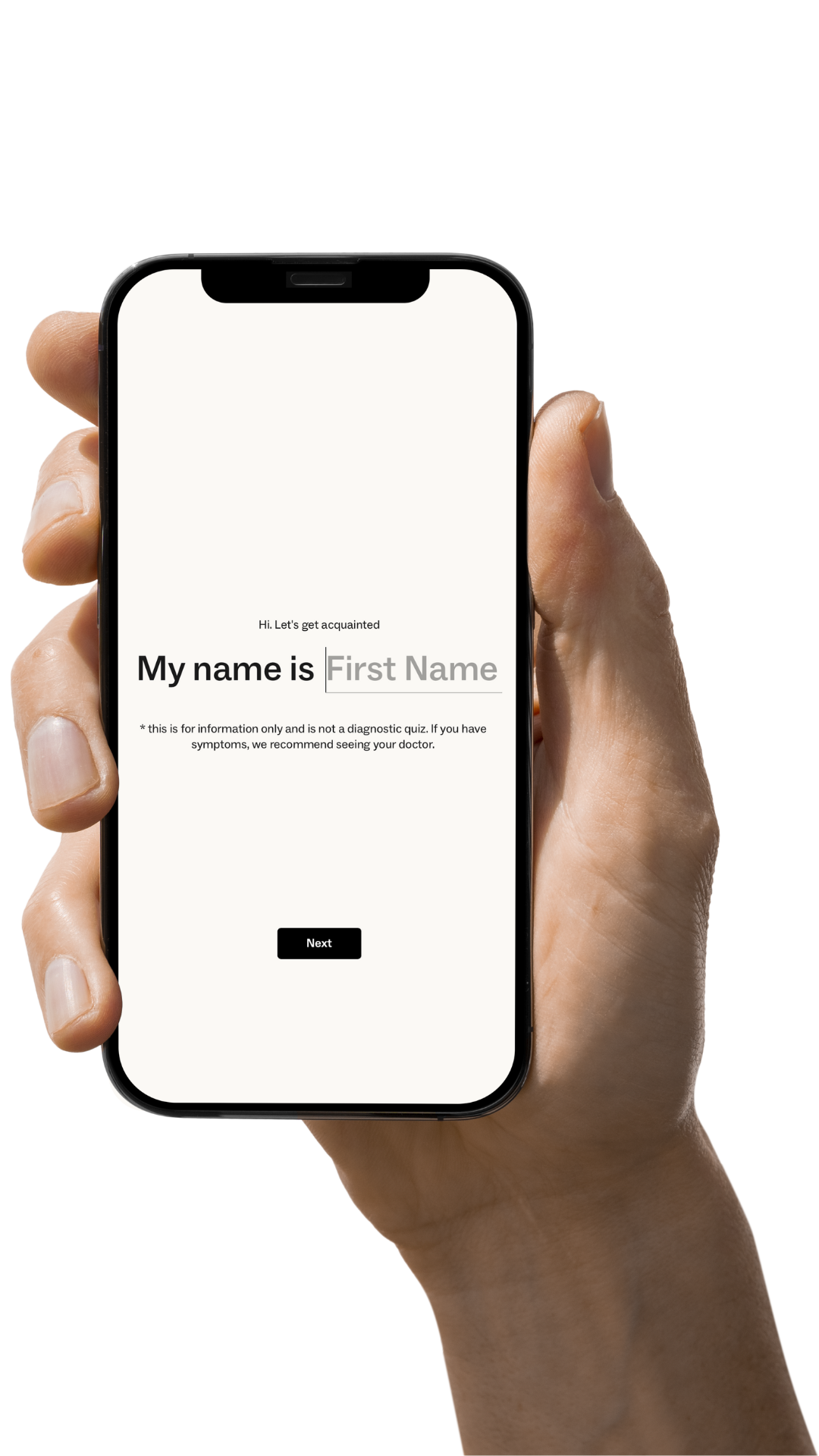Got poor gut health? Frustrating or painful symptoms?
Be rest assured, you don't need to spend your hard earned on pricey probiotics. Infact, you're better off avoiding them altogether, and focusing on getting your gut repaired, reducing your inflammation and stress, and improving your nutrition.
Here's the low down on "biotics."

Prebiotics are nutrients (mostly fibre) from food that positively influence the growth of good gut bacteria. You can't buy fancier versions of these in supplements.
Probiotics the name given to gut bacteria. These grow on the energy given to them via fibre (Prebiotics). You can also eat them, however, eaten bacteria are unlikely to change the baseline composition of your gut - luckily.
Postbiotics are the waste products of probiotics. Some postbiotics are unwanted because they are toxic or slow the metabolism (endotoxin, lactic acid, serotonin), and some are good (B vitamins, vitamin K, butyrate, anti-microbials).
1. The 5 Best Prebiotics
The best probiotics are always whole foods that fit with your idea of great nutrition, for you, and your family. Fruits and vegetables, including root vegetables, are all great prebiotic sources.
|
GARLIC ASPARAGUS CHOCOLATE |
Carrots are a great choice for a prebiotic as they aren't super fermentable (ie. you don't want a load of gas and bloating, do you?).
2. The 5 Best Postbiotics
The best postbiotic friendly foods are the ones that make your diet interesting and fun. In fact, I recommend thinking of these foods as just quality pro-gut health nutrition for you and your family.
|
PICKLED VEGGIES KEFIR |
Don't get sucked in by fancy marketing. Probiotics are often an expensive waste of time.
Get focused on your pro-gut pillars: eating special proteins, lowering stress, improving your nutrition and getting some exercise.


